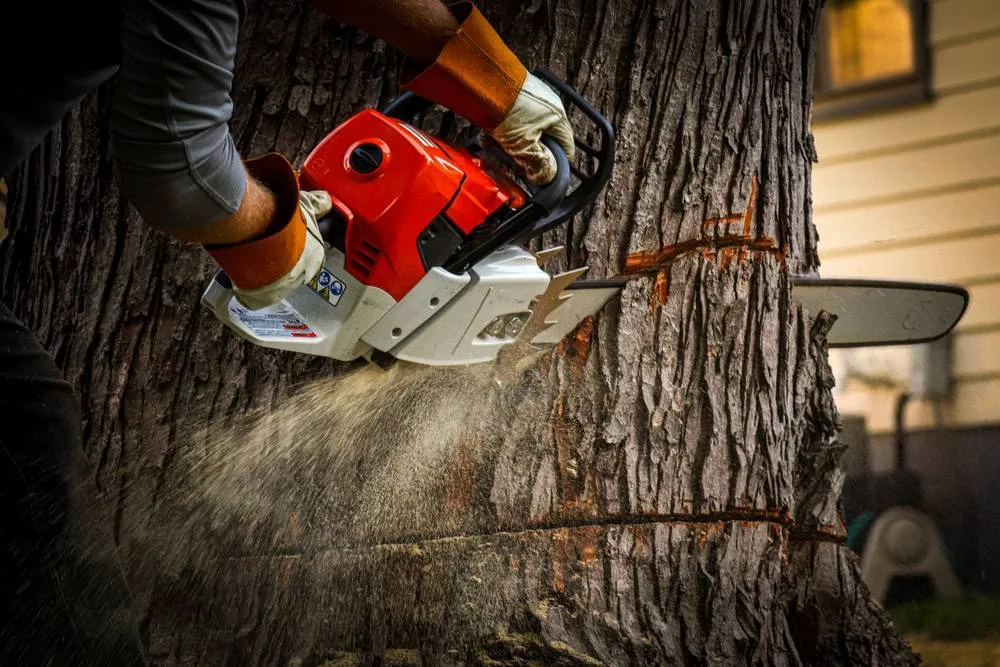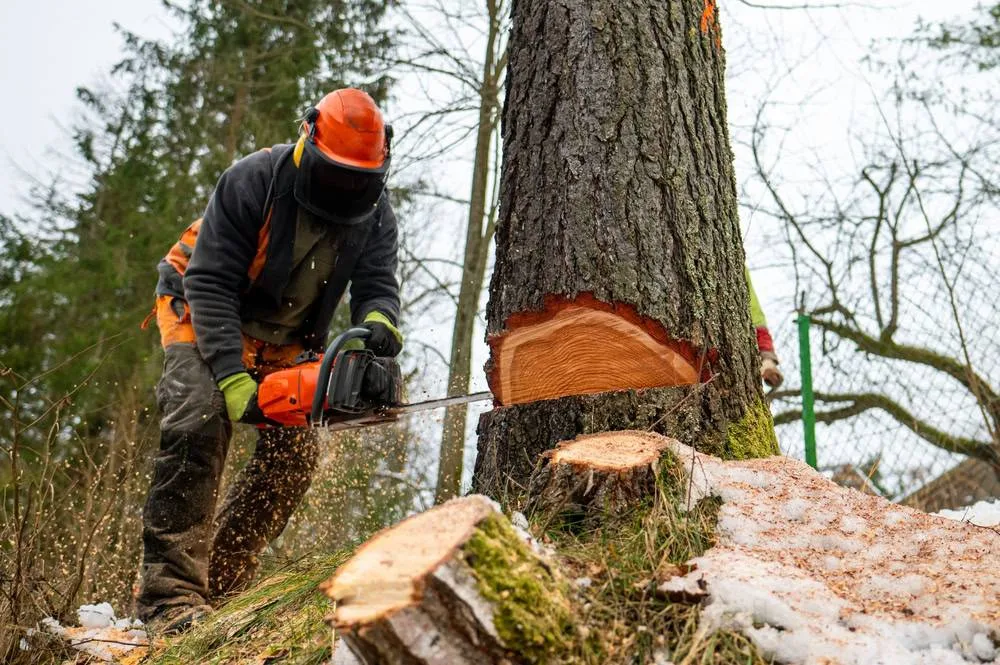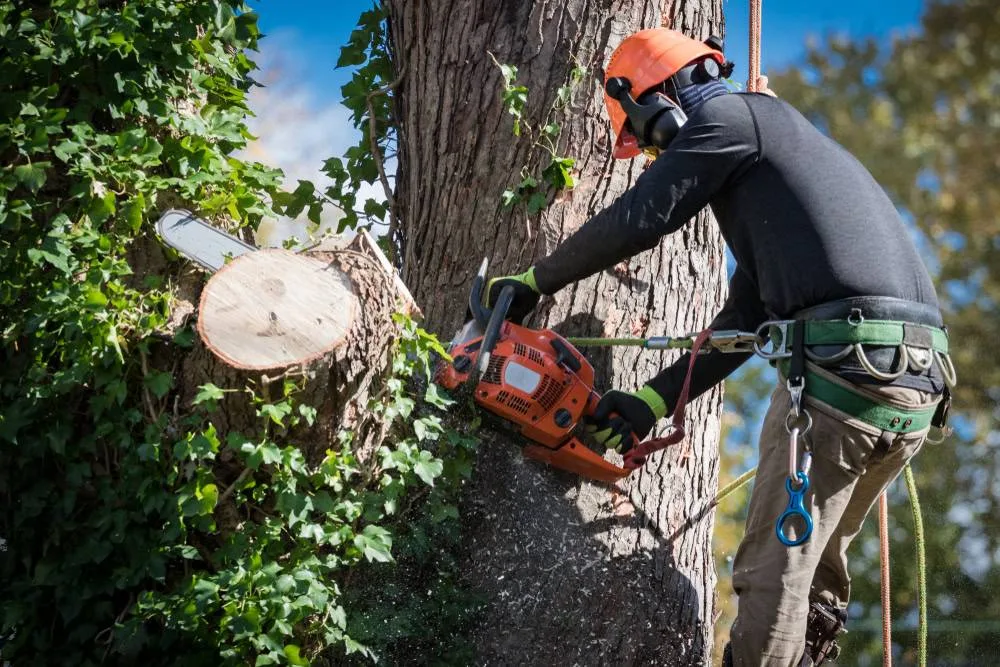Tree Services in Hewlett Bay Park, NY
Your Trees Are Safe With Us
Professional tree care that protects your property and gives you peace of mind year-round.

Hear from Our Customers

Professional Tree Care Services
Your trees stop being a source of worry and start being an asset again. No more wondering if that branch will come down in the next storm or if you’re dealing with a disease that could spread to other trees.
You get a landscape that actually enhances your property value instead of threatening it. Trees that are properly maintained look better, grow healthier, and last longer.
The real benefit is peace of mind. You know your family is safe, your property is protected, and your investment is secure. That’s what professional tree care delivers – not just trimmed branches, but actual solutions to the problems that keep homeowners up at night during storm season.
Hewlett Bay Park Tree Company
We’ve been working with Long Island homeowners for years, and we understand what trees face in this area. The salt air, the storms, the specific species that thrive here – and the ones that don’t.
We’re not just another tree company. We’re certified arborists who actually know the difference between a tree that needs attention and one that needs removal. We’re fully licensed and insured because we take this work seriously.
Most importantly, we live and work in this community. When we tell you something about your trees, it’s based on years of experience with the exact conditions your property faces.

Tree Service Process
We start with a real assessment of what’s happening with your trees. Not a sales pitch – an actual evaluation of tree health, safety risks, and what needs attention now versus what can wait.
You get a clear explanation of what we found and what we recommend. We’ll show you exactly what we’re talking about and why it matters. No technical jargon, no pressure tactics.
When we do the work, we protect your property first. Tarps, barriers, careful planning – because tree work done wrong can cause more damage than the original problem. We clean up completely when we’re done. You shouldn’t have to deal with debris or damage to your landscape.

Ready to get started?
Complete Tree Maintenance Services
Tree trimming and pruning that’s done at the right time of year for each species. Emergency tree removal when storms hit. Regular maintenance that prevents problems before they start.
We handle disease treatment, pest management, and health assessments. If you’re dealing with a tree that’s declining, we can often save it with the right intervention. If it’s beyond saving, we’ll tell you honestly and handle removal safely.
Every job includes complete cleanup and debris removal. We’re not leaving you with a pile of branches to deal with. Your property should look better when we’re done, not worse.
